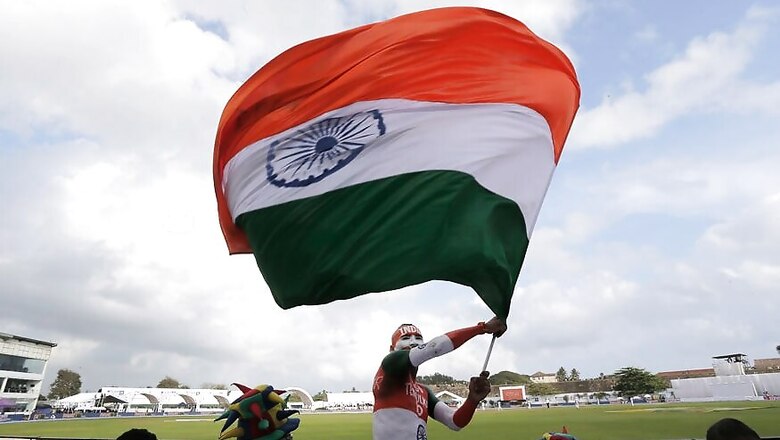
views
On August 15, Pandit Jawaharlal Nehru, the first Prime Minister of independent India, hoisted the national flag at Lahori Gate of the Red Fort in Delhi. Henceforth, on each Independence Day, the incumbent Prime Minister customarily unfurls the tricolour and addresses the nation.
Notably, the Indian National Flag is a horizontal rectangular tricolour of India saffron, white and India green. It has an Ashoka Chakra, a 24-spoke wheel, in the shade of navy blue at its centre.
Here are a few interesting facts about the National Flag of India.
The Tiranga was adopted during a meeting of the Constituent Assembly on July 22, 1947. It went on to become the official flag of the
Dominion of India on August 15, 1947.
The flag is based on the Swaraj flag, a flag of the Indian National Congress designed by Pingali Venkayya which was first unfurled in 1923.
By law, the flag is to be made of khadi, a special type of hand-spun cloth or silk, made popular by Mahatma Gandhi and its manufacturing process and specifications are laid out by the Bureau of Indian Standards.
Khadi Development and Village Industries Commission has the right to manufacture the flag.
Usage of the flag is governed by the Flag Code of India and other laws relating to the national emblems.
According to the Flag code of India, the Indian flag has a ratio of two by three. All three stripes of the flag (saffron, white and green) are to be equal in width and length. The size of the Ashoka Chakra is not specified by the Flag code of India.
The flag was first proposed by Mahatma Gandhi to Indian National Congress (INC) in 1921 and subsequently the centre representing a traditional spinning wheel, symbolising Gandhi's goal of making Indians self-reliant by fabricating their own clothing was created.
The design was then modified to include a white stripe in the centre for other religious communities.
The saffron, white and green win the flag; represent courage and sacrifice, peace and truth, and faith and chivalry respectively.
Days before India gained independence; a specially constituted Constituent Assembly decided that the flag of India must be accepted by all parties and faiths. Thus, a new version of the Swaraj flag was chosen where even though the tricolour remained the same, the charkha was replaced by the Ashoka Chakra representing the eternal wheel of law.


















Comments
0 comment